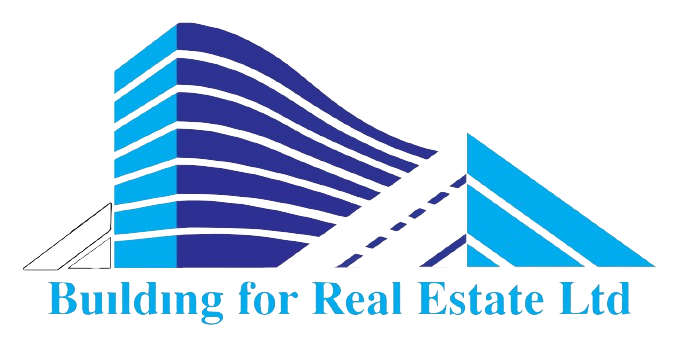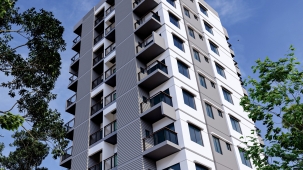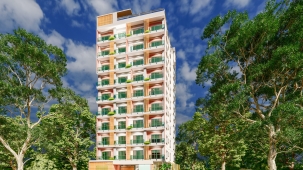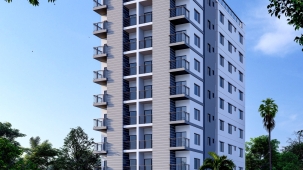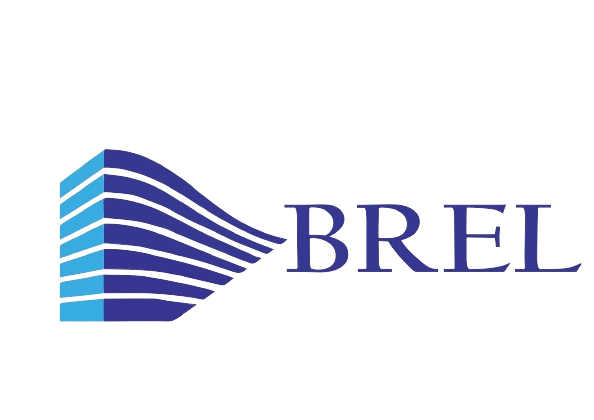Foysal Tower Case Study
The True Cost of Owning a Property
Home ownership is often considered by the layman as being a single expense i.e. the purchase price of the property. However, if we were to truly analyze the situation, home ownership consists of several expenses. It is easy to forget about some of the expenses while budgeting. Therefore in this article we have prepared a checklist of some of the expenses that usually arise in such scenarios. Some of the investments are as follows:
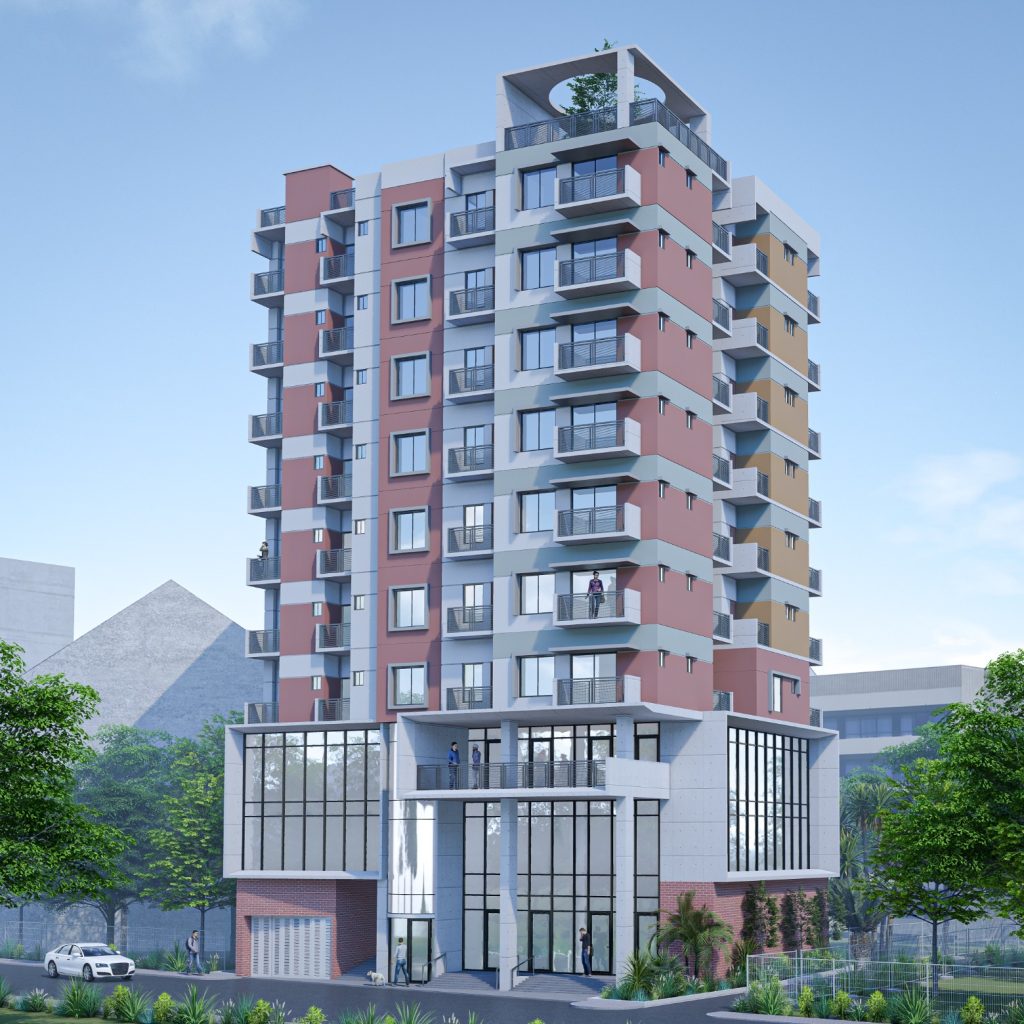
Purchase Price
This is the most obvious cost that is associated with real estate investing. Therefore, if we buy a $100000 home, we think that we have invested only that amount. When people ask, “How much did you buy it for?” we give the above figure as the answer. However, as we shall discover in the course of this article that the layman’s viewpoint that $100000 is the complete cost of the property is usually incorrect.
To begin with there are transaction costs that are associated with the purchase. The transaction costs include brokerage paid, processing fees paid to the bank to process the mortgage loan as well the legal charges that are collected by the government to register the property in the name of the new buyer. First time buyers have a tendency to underestimate these expenses. However, they can quickly climb up to anywhere between 3% and 5% of the property value. Thus, even if the list price of the property is $100000, the actual price paid by the buyer will be at least $105000!
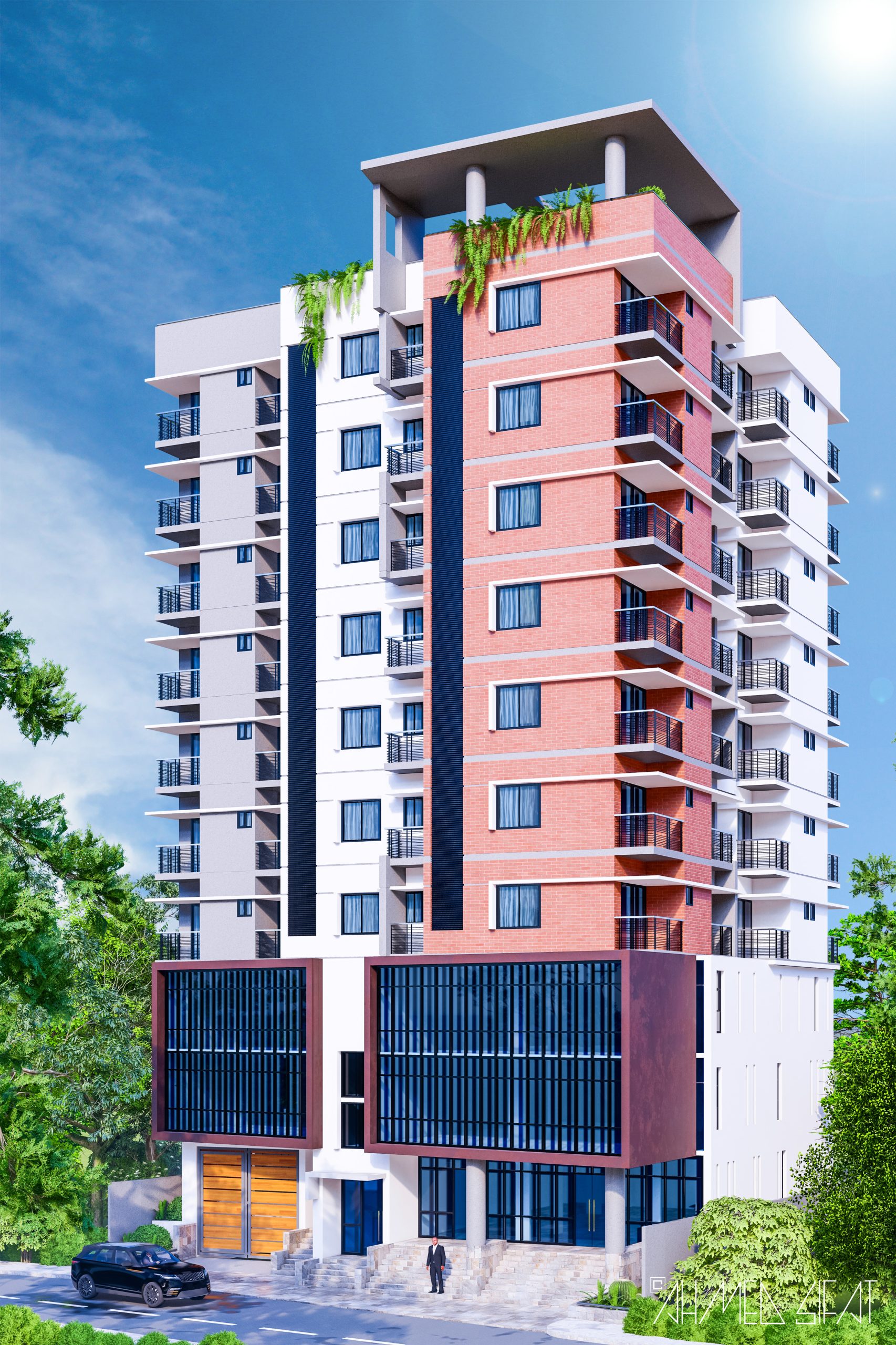
Interest Paid
Most properties that are purchased today are purchased using borrowed money. Mortgage is the new norm! People buying properties with cash down are virtually unheard of today. However, whenever there is a mortgage, there are mortgage payments and mortgage payments also include an interest component.
The amortization schedule of any mortgage is such that the banks collect all the interest first and then later collect the principal outstanding. For instance if your monthly payment is $1000, then in the first few months $900 will go towards interest itself! In fact, during the first 5 years of servicing a mortgage loan, the borrowers are servicing the interest payments only! Very little principal is reduced during this period. Hence, if these expenses are capitalized i.e. added to the value of the property, then the value of $100000 goes way above $100000.
Notional Interest
Apart from the interest paid, which is an out of pocket expense for the buyers, there is also notional interest involved in case of real estate investing. Most real estate investments require the buyer to put a down payment on the property. This down payment is close to 10% to 15% of the property value. Thus, for a $100000, a person has to offer an upfront payment of $15000. Now, there is an opportunity cost in making this payment. If this money was not used to make the down payment, then it would be earning interest in a bank or in some other investment. However, once it is used to make the down payment, it earns no interest!
Therefore the amount of notional interest lost should also be added to the property value i.e. to the $100000 that the buyer initially considered was their total investment in the property.
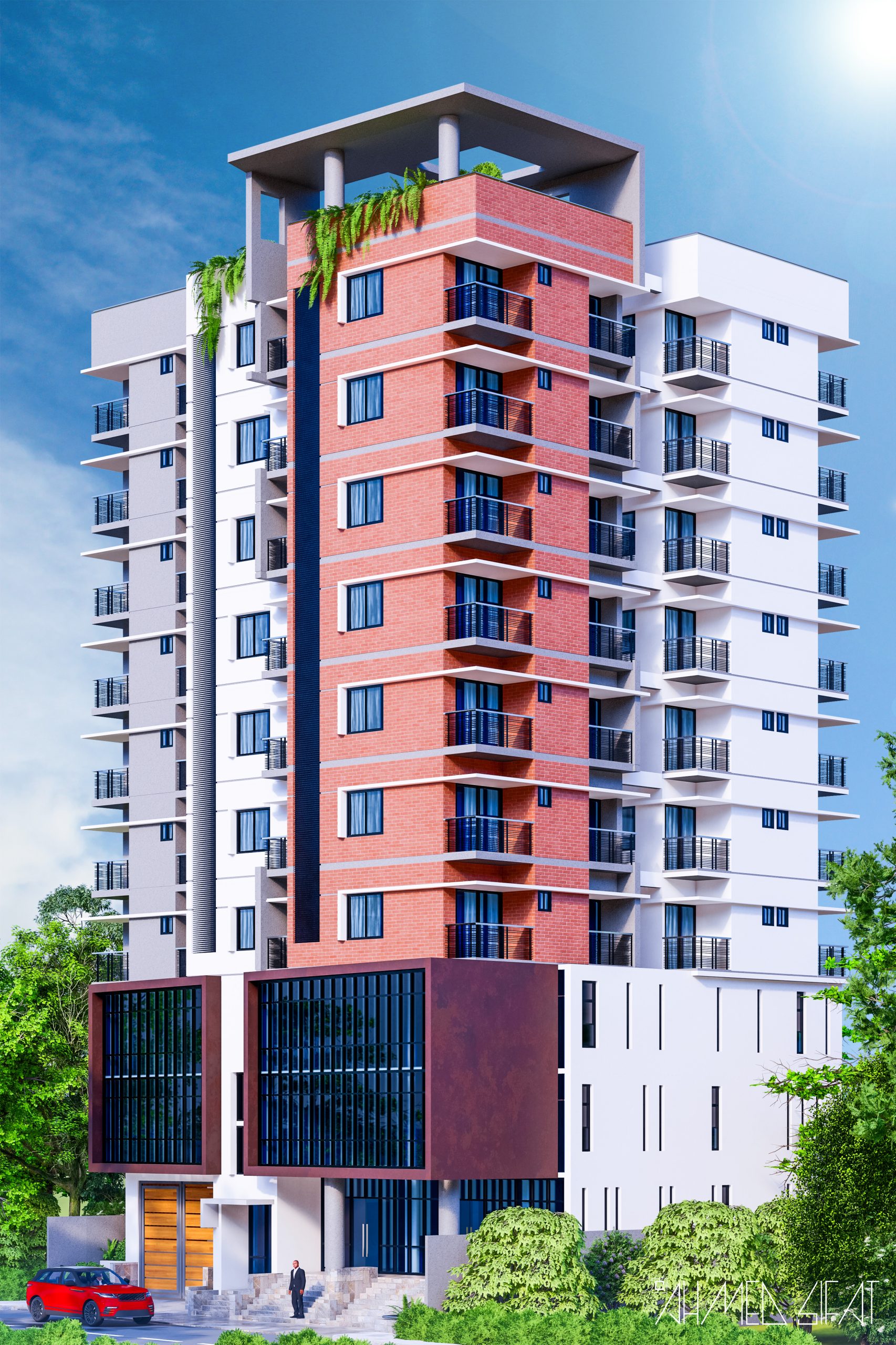
Insurance
Most mortgage lenders require the buyer to have insurance on the property. This is because in the event of natural disasters like earthquakes and hurricanes, the property could be destroyed. As such, the borrower will simply stop making payments towards the property. Therefore, in order to protect their interests, the lenders insist on insurance.
Even apart from the insurance which covers the value of the house, many homeowners opt for insurance for home contents as well. This is because they spend a significant amount of money doing interiors as well as need to make sure that their investment is protected in the event of an unforeseen scenario. This too adds to the cost of property ownership.
Property Taxes
When we buy real estate, we agree to make a stream of payments to the government every year until perpetuity! These payments are called property taxes and almost every government in the world levies these taxes. Once again, these taxes contribute significantly to the cost of home ownership. Also, one needs to understand that these costs are often adjusted in value over time. Therefore, these costs rise with inflation often at the same rate. Hence, while budgeting for buying property one must take into account the costs involved.
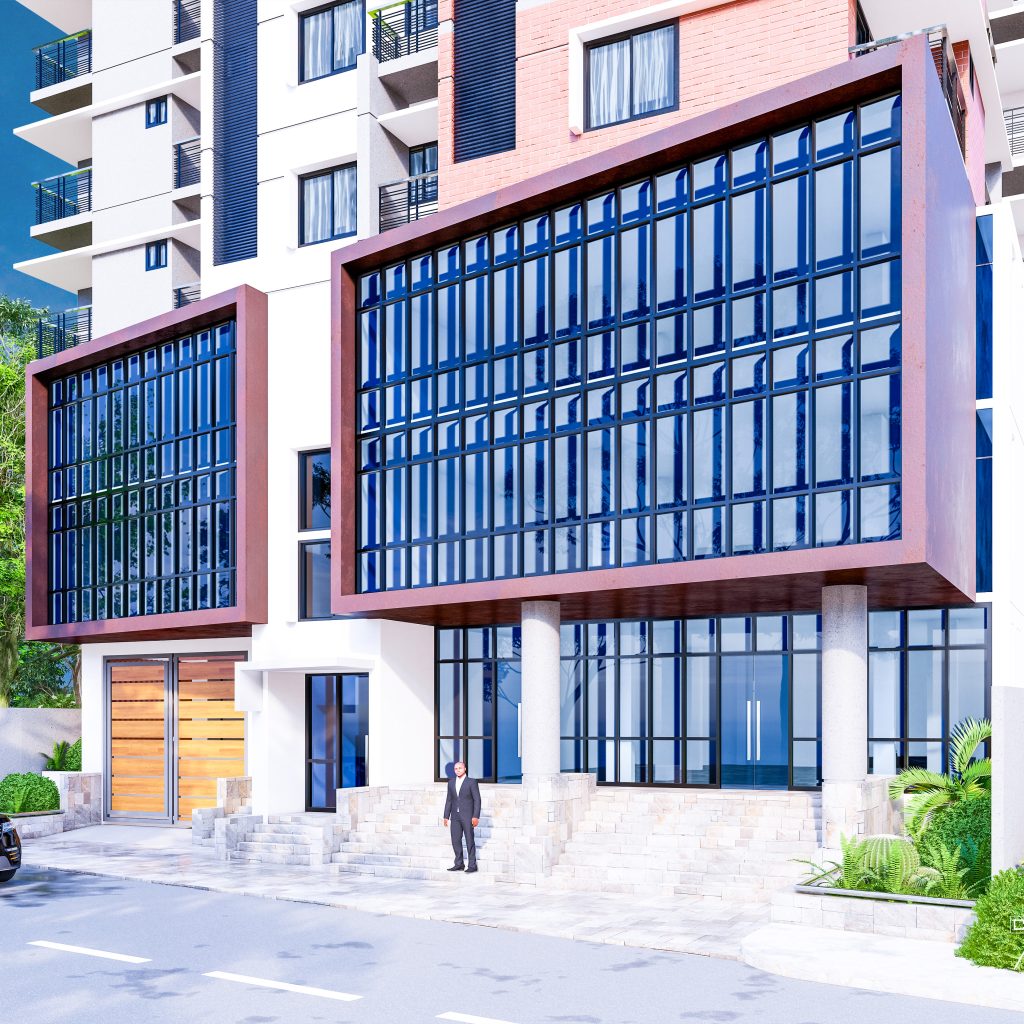
Maintenance
Properties across the world now come with amenities. Gated communities with swimming pools and jogging tracks are common. The idea is to provide the people with a lifestyle and not merely with a home. However, these amenities require a lot of maintenance. Gated communities require scores of employees and equipment to guard the place and keep it clean. As such, these charges are also billed to the homebuyers as a monthly expense. This too raises the cost of investment in a property. These costs can sneak up on an unsuspecting buyer and therefore one needs to be extremely wary of the same.
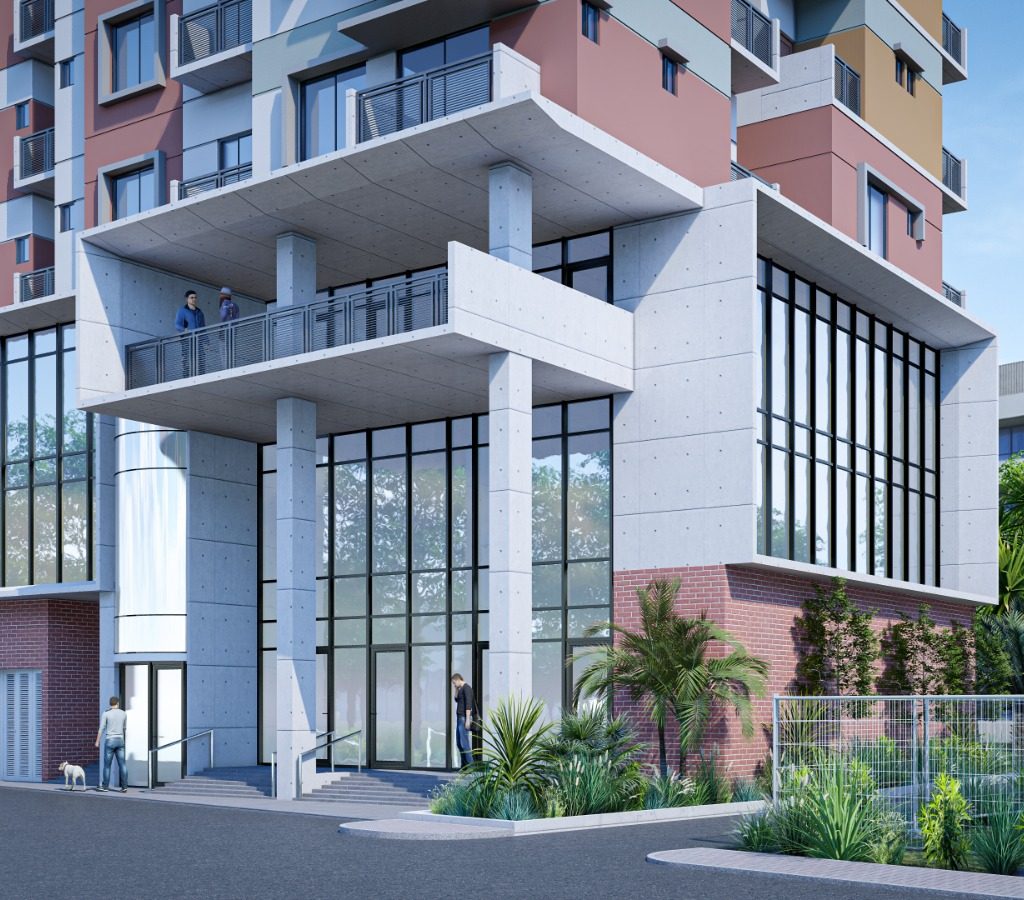
Utilities and Furniture
There are small costs involved with getting the utilities transferred to one’s name as well as furnishing the house. These costs too add to the total cost of home ownership.
Home ownership is therefore a complex maze of multiple costs. One needs to be very careful in understanding and budgeting for these hidden expenses as omission of these expenses can significantly dent your budget in the future.
